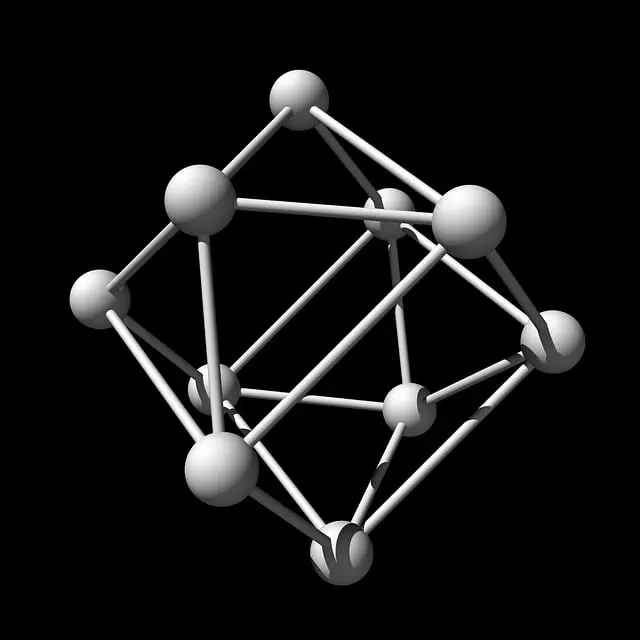Kratom (Mitragyna speciosa) contains caffeine, with varying levels depending on strain and preparation methods, making its energizing effects unpredictable. Unlike coffee, kratom interacts with opioid receptors in the brain, boosting dopamine and providing sustained energy without jitters. While it offers an alternative stimulant, responsible use is essential due to variable responses and limited research on optimal dosage. "Does kratom have caffeine?" — yes, but its complex mechanism sets it apart from traditional caffeine sources.
“Uncover the potential power of kratom as a performance enhancer, especially its surprising caffeine content. While often associated with relaxation, kratom boasts a unique profile that includes stimulatory properties due to its mitragynine and other alkaloids. This article delves into the science behind kratom’s impact on physical and mental performance, separating myth from reality. Discover how it can provide an energy boost and enhance focus without traditional caffeine sources. Explore the benefits for athletes and individuals seeking a natural alternative.”
- Unraveling Kratom's Caffeine Content: A Closer Look
- The Impact of Kratom on Physical Performance: Myths and Realities
- Exploring Kratom's Potential for Mental Focus and Energy Boosts
Unraveling Kratom's Caffeine Content: A Closer Look

Kratom, a natural herb derived from the Mitragyna speciosa plant, has gained significant attention for its potential performance-enhancing properties. One common question among users is whether kratom contains caffeine and how it might impact energy levels. Surprisingly, kratom does contain caffeine, but the amount varies significantly depending on several factors, including the specific strain and preparation methods. While it may share similarities with coffee, kratom’s caffeine content is not as straightforward or consistent.
Unlike coffee beans, which have a well-documented caffeine concentration, kratom leaves possess varying levels of mitraginine, a primary active compound that contributes to its unique effects. This variability means that even among the same kratom strains, the caffeine content can differ, making it challenging to provide precise dosages. Moreover, the way kratom is processed and consumed further complicates matters. Different preparation methods, such as drying, grinding, and extraction, can alter the caffeine retention, leaving users with varying experiences based on their chosen form and usage.
The Impact of Kratom on Physical Performance: Myths and Realities

Kratom, a natural herb derived from the plant Mitragyna speciosa, has gained significant attention for its potential performance-enhancing properties. Often compared to caffeine due to its stimulating effects, kratom is believed by some to boost physical performance and energy levels. However, the reality is more nuanced. While kratom does contain compounds that can stimulate the central nervous system, similar to caffeine, its impact on physical performance is not solely dependent on this effect.
The myth of kratom as a “natural energy drink” oversimplifies its effects. Unlike caffeine, which primarily blocks adenosine receptors to promote wakefulness, kratom’s activity involves complex interactions with opioid and other receptors in the brain and body. This interaction can lead to increased alertness and reduced fatigue, but it also carries potential risks, including dependence and side effects. Studies on kratom’s direct impact on physical performance are limited, indicating that its effects may vary widely among individuals and depend on factors such as dosage, tolerance, and individual physiology.
Exploring Kratom's Potential for Mental Focus and Energy Boosts

Kratom, a natural herb derived from the Mitragyna speciosa plant, has gained attention for its potential performance-enhancing properties. Often used as a traditional medicine in Southeast Asia, kratom is known to offer a range of effects, including increased energy and mental focus. Unlike caffeine, which is a common stimulant found in many beverages, kratom’s impact on the central nervous system is more nuanced. While it does contain compounds that can act as stimulants, such as mitragine and 7-hydroxymitragine, its effect profile is distinct from traditional caffeine sources.
Kratom’s ability to enhance mental focus and energy is attributed to its interaction with opioid receptors in the brain, leading to increased dopamine levels. This unique mechanism can provide a sustained energy boost without the jitters often associated with high-caffeine beverages or stimulant drugs. For individuals seeking an alternative to caffeine for maintaining concentration and productivity throughout the day, kratom offers a promising option. However, it’s essential to approach its use responsibly, as individual responses can vary, and further research is needed to fully understand its effects and optimal dosage.
Kratom, with its unique blend of compounds, has sparked interest in its potential for performance enhancement. While it contains a significant amount of caffeine, often referred to as ‘does kratom have caffeine’, its effects go beyond simple stimulation. The article has explored how kratom can impact both physical and mental performance, debunking myths and uncovering its ability to provide sustained energy and focus without the jitters associated with traditional caffeine sources. By understanding kratom’s properties, individuals can make informed decisions about its potential role in optimizing their daily routines.














